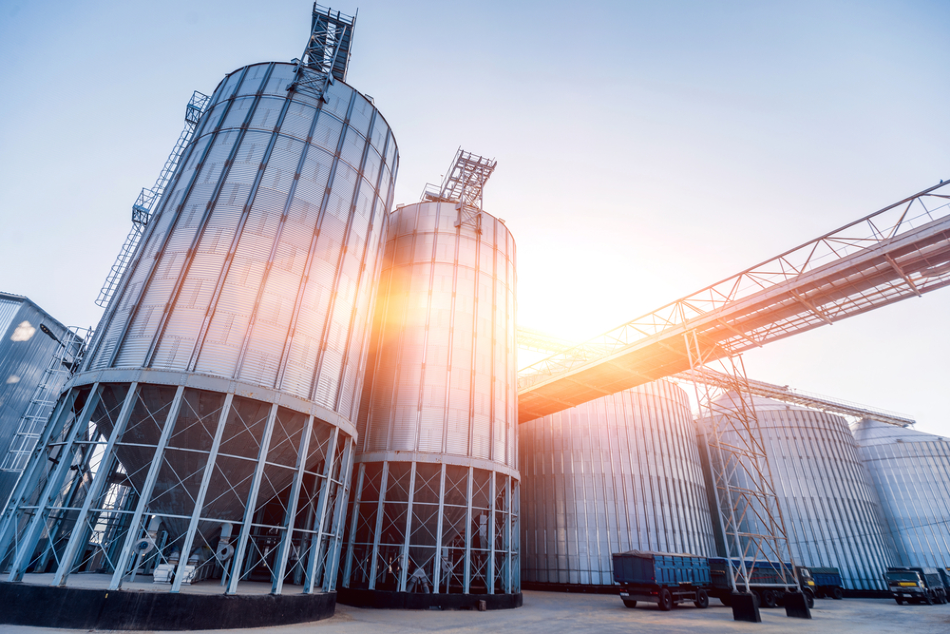3DLevelScanners have been supplying highly accurate volume and level measurement in challenging materials contained in silos, bins, and tanks for nearly a decade. They are the sole sensor to measure and map the material surface. 3DLevelScanners take multiple level measurements and consider uneven surface topography when measuring volume, by sending pulses in a 70° beam angle.

Image Credit: Shutterstock/Roman Zaiets
3DVision software that reports the highest and lowest points detected, plus the average level based upon a weighted average of the total measurements in the bin is included with each sensor. A colorful graphical depiction marks where low and high spots are present in the silo, for the MV and the MVL models. 3D scanners keep looking at the concerns of more complicated food operations.
View Multiple Silos on a Single Screen
MultiVision software for inventory visibility across an organization
To provide visibility for a whole corporation, the optional 3D MultiVision software lets users observe the data for multiple bins in one window. It is Windows-based, so it can be configured for 24/7 access via an organization’s Local Area Network (LAN). Plant workers require accurate inventory for production, purchasing needs, and finance needs. Inventory management affects many sections of a food processing organization.
All versions of the non-contact, dust penetrating 3DLevelScanner including the RL, S, M, MV and MVL models can user MultiVision software. Users can zoom in on comprehensive information for the bin including minimum, maximum, and average levels by selecting a single bin. MV and MVL models can also look at the 3D visualization of bin contents.
With intuitive operation and user-friendly setup, all users can customize their screen to view a group of bins or all bins, and color-code bins by type of material. Users can be notified when bins reach critical levels by setting high and low-level alerts. The software is installed on the LAN, so there are no third-party data access fees or applications.
Multiple users can access the software at different locations in order to view volume and bin level data on a permissions basis. 3D MultiVision software makes it simple to share real-time bin data across the entire organization (or with vendors using VMI) to improve financial management, operational decisions, purchasing, and logistics.
Teflon-coated Sensor for Clingy Materials
Reduces maintenance in powders and sticky granules
A Teflon-coated transducer is a good choice for materials that can cling to the sensor. The scanner works well in difficult materials such as solids or powders that create excessive dust when the bin is active or filling because the coating resists buildup of dust. The Teflon finish significantly reduces the need to clean the device after prolonged intervals of use, so also extends the maintenance cycle.
Regular applications for the Teflon-coated transducer include sugar, starches, brans, meals, and other similar materials that are known to cling to surfaces. It is particularly useful for food processors in industries where non-contact technology is a prerequisite for food safety, such as candy, baking, and pasta. Grain millers will also find measuring wheat, rice, ground soybeans, or corn easier.
Detect and Alert to Center of Gravity Danger
Prevent silo collapse or damage using 3DLevelScanners
A lot of solid and powdered materials that are used in food processing tend to pile unevenly, clump, and flow unpredictably from storage vessels. This makes observing the amount of material inside the vessel difficult, and uneven disbursement of material can also damage storage vessel itself.

This information has been sourced, reviewed and adapted from materials provided by BinMaster.
For more information on this source, please visit BinMaster.